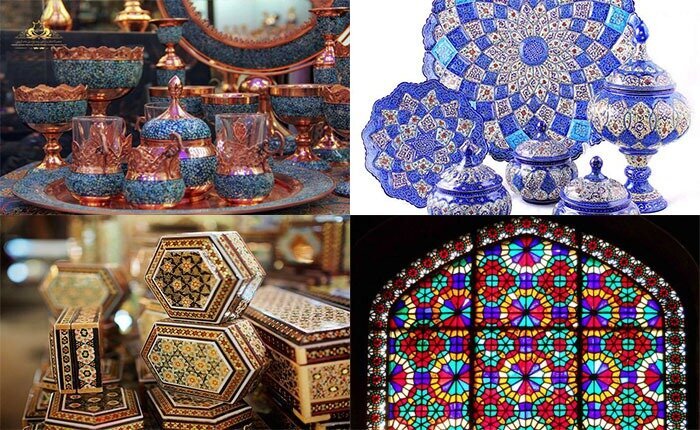Cities, villages of handicrafts strengthen businesses, deputy tourism minister says

TEHRAN – The development of cities and villages of handicrafts [registered by the World Crafts Council] has boosted related businesses through attracting tourists to the regions, the deputy tourism minister has said.
National and global registration allows these cities and villages to be brought to light and their capacities to be promoted, Pouya Mahmoudian announced on Saturday.
As soon as a city or village registered on an international scale or at a national level in the field of handicrafts, the development of its infrastructure becomes a public demand by anyone living there, the official explained.
The world cities of handicrafts can become tourist destinations, as well as centers for students, entrepreneurs, and visitors interested in handicraft art, she added.
She also noted that one of the biggest goals of the tourism ministry is to elevate the status of these cities and villages.
With 14 entries, Iran ranks first globally for the number of cities and villages registered by the World Crafts Council, as China with seven entries, Chile with four, and India with three ones come next.
In January 2020, the cities of Shiraz, Malayer, and Zanjan and the village of Qassemabad were designated by the WCC- Asia Pacific Region, putting Iran’s number of world crafts cities and villages from ten to 14.
Shiraz was named a “world city of [diverse] handicrafts”. Malayer was made a global hub for woodcarving and carved-wood furniture. Zanjan gained the title of a “world city of filigree”. And Qassemabad village, which is nationally known for its traditional costumes, was also promoted to a world hub of handicrafts. Chador Shab, a kind of homemade outer garment for women, was, however, the main subject for the WCC assessment for the village.
The value of Iran’s handicrafts exports stood at $120 million during the first eleven months of the past Iranian calendar year 1399 (March 20, 2020 – February 18, 2021), Mehr reported. The country’s handicrafts exports slumped during the mentioned months in comparison to the same period last a year earlier due to the damage the coronavirus pandemic has inflicted on global trade.
The Islamic Republic exported $427 million worth of handicrafts during the first eleven months of the calendar year 1398. Of the figure, some $190 million was earned via suitcase trade (allowed for customs-free and tax-free transfer) through 20 provinces, according to data compiled by the Ministry of Cultural Heritage, Tourism and Handicrafts.
Ceramics, pottery vessels, handwoven cloths as well as personal ornamentations with precious and semi-precious gemstones are traditionally exported to Iraq, Afghanistan, Germany, the U.S., the UK, and other countries.
ABU/MG
Leave a Comment